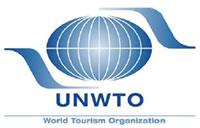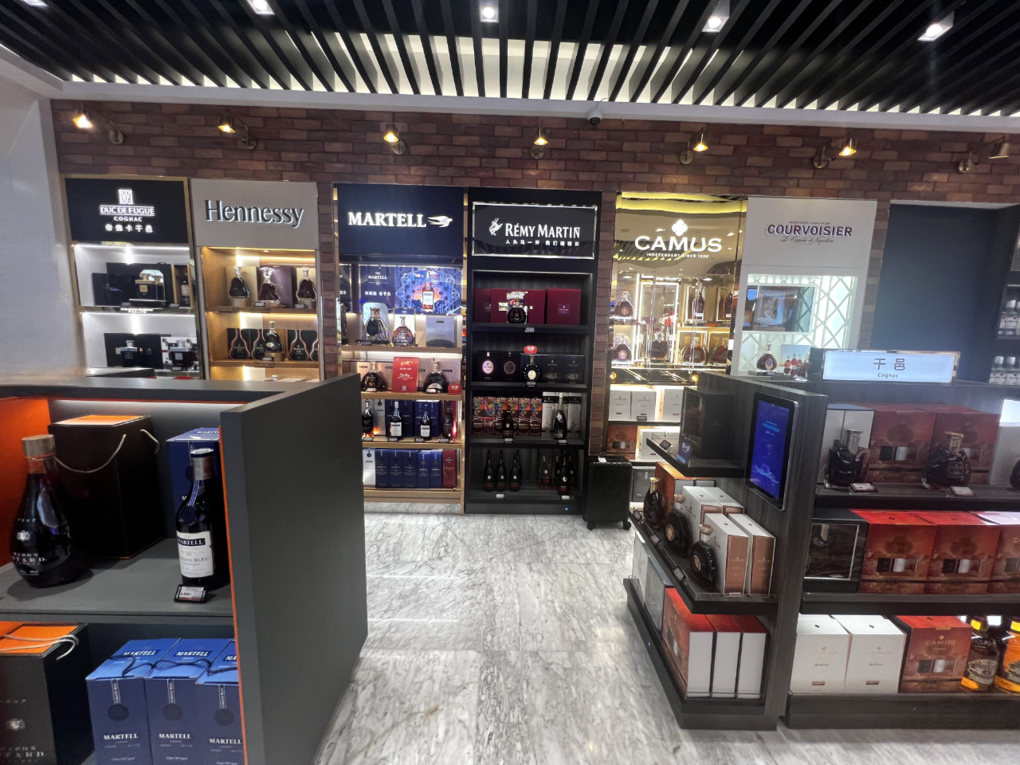 |
INTERNATIONAL. The Asia Pacific and Americas regions have been named the most “˜open’ in terms of tourist visa requirements by the United Nations World Tourism Organization (UNWTO), which has reported “significant progress” on visa facilitation globally.
Based on a global evaluation of visa requirements, including the implementation of policies that allow for visas on arrival and e-visas, UNWTO findings show that in 2012 an average 20% of the world’s population did not required a visa to visit an Asian destination, while 19% could obtain a visa on arrival and 7% could get an e-visa.
In the Americas, 31% of visitors did not require a visa, with 8% being able to get a visa on arrival and 1% through an e-visa.
Meanwhile, European destinations were identified as the least open. Although 21% of the world population did not require a visa to enter Europe for tourism, only 6% were able to apply for a visa on arrival and no e-visa system was in place.
Globally, only 18% of the world’s population did not require a visa at all when travelling for tourism in 2012, while, on average, destinations requested traditional visas from 63% of the world’s population before initiating their international journey.
This latter figure is down from the 77% recorded in 2008. UNWTO added that since 2010, 43 destinations have “clearly facilitated” the visa process for citizens of at least 20 countries by changing their visa policies from “˜visa required’ to either “˜no visa required’, “˜visa on arrival’ or ‘e-visa’.
 |
UNWTO Secretary-General Taleb Rifai said: “An overall restrictive visa policy means lost opportunities for economic growth and jobs, which tourism could bring to destinations.
“Travellers regard visas as a formality which entails a cost. This can be a deterrent to travel if costs – whether monetary or indirect – including distance, wait times and service, exceed a certain threshold.
“Important strides have been made in recent times in terms of visa facilitation as more and more countries understand its implicit economic benefits. We welcome moves by the USA, the European Union and many others which have implemented or are looking into implementing more open visa policies. But we cannot ignore that visa procedures still represent an obstacle to tourism growth and we hope that these good examples can be followed by others.”
According to the UNWTO, improving visa processes could generate an extra US$206 billion in tourism receipts and create as many as 5.1 million additional jobs by 2015 in the G20 economies alone.





